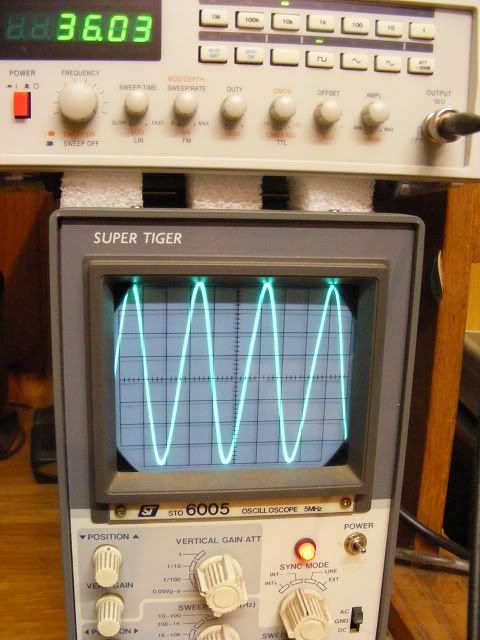Originally posted by nightwind
View Post
for making AC from DC they are pulsed with almost 50 % duty one primary
has the positive and negative connected as per normal and the other has the
positive and negative reversed usually the positive is the common and the
negatives are switched alternately at close to 50% duty to give an AC wave
form. I think the positives can be switched and a common negative used
instead. It's meant to be an iron cored transformer. Both primaries are wound
the same way just the polarity of the connections is reversed.
That's what the drawing indicates, there is a 1 and a 2 marked for the two phases.
The drawing is still only a concept drawing, nothing should be considered
working unless shown to be working.
Sorry about the messy drawing.

Cheers

 I post it just in case someone see's something I don't.
I post it just in case someone see's something I don't.
 so when the
so when the
 Hows that sound ?
Hows that sound ?








Comment